The use of pesticides in aquaponics is a very touchy subject, and we’ve seen both the good and bad side of pesticide use in aquaponic systems. There are many opinions on pesticide use, all with varying degrees of validity. No matter what they say, however, all of these opinions boil down to a single fact:
Chemical pest management in aquaponic systems must be approached judiciously, thoughtfully and with caution, whether you are using a homemade remedy or a commercial product.
Before I begin to talk about the controls, you must know that this information was hard-won over the course of many years. Pests are inevitable in aquaponic systems, and dealing with them has always presented a dilemma for aquaponic producers, primarily because there are so few pesticides that are non-toxic, or of low toxicity to fish, but also because no one knew how much could be safely used. The team here led by Dr. Nate Storey has run aquaponic systems using media beds, DWC, and ZipGrow Towers with various crops and fish types. We’ve killed a few fish, and have learned our lessons about pesticides in aquaponics through trial and error! We offer those lessons to you now. In this post, we’re going to discuss:
- Homemade vs commercial controls
- Organic controls and IPM
- Chemical control options for aquaponic systems
- How to determine the danger of a given pesticide
- Safely applying pesticides
- How to tell if your fish have been affected by a pesticide
Let’s talk about the options that you have for using pesticides in an aquaponic system. 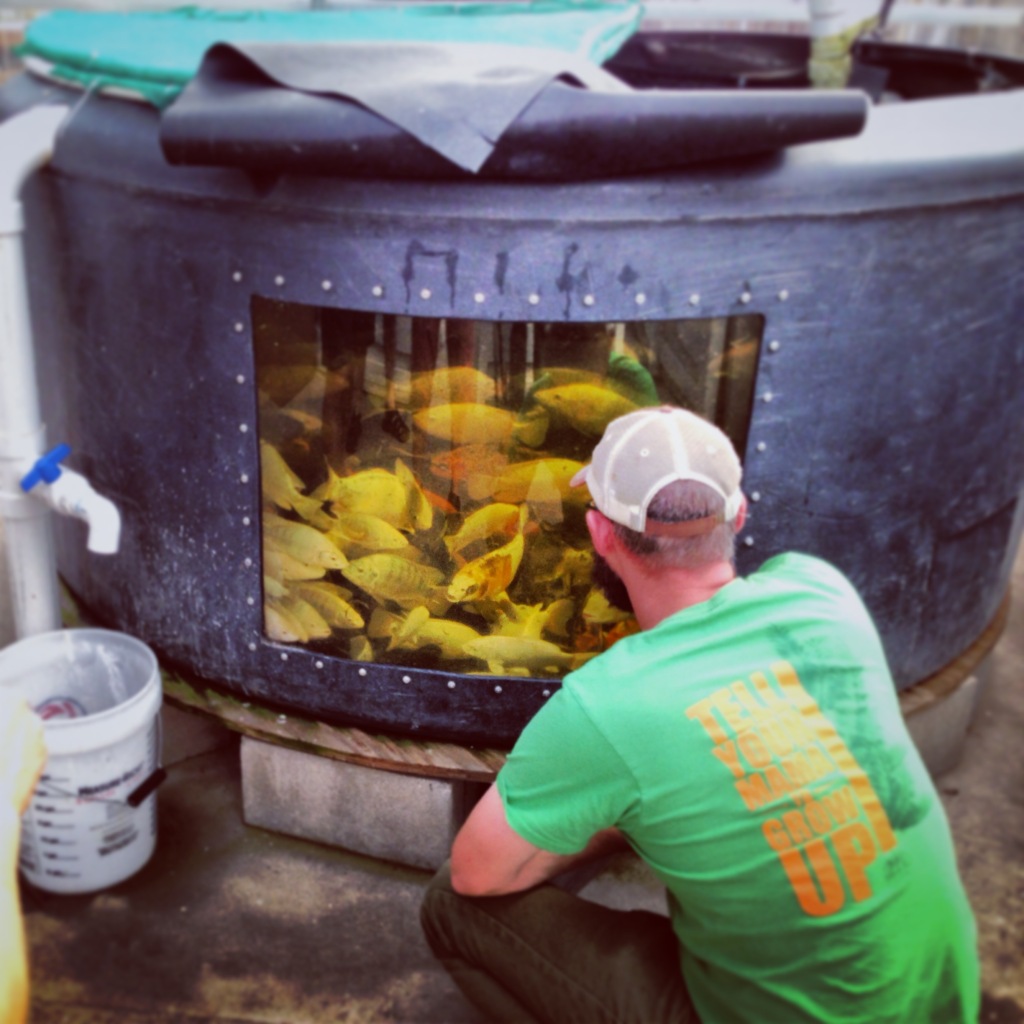
Why we rely on commercial products over homemade remedies
Many aquaponic practitioners swear by garlic, chili, and vermicompost based concoctions, and to be fair, these can be effective on specific pests. Having tried almost all of the home remedies over the years, these days we rely entirely upon commercial products. As a commercial producer, we don’t have the time or energy that homemade remedies require, nor the luxury of using marginally effective controls. This means that we use proven commercial products that have been studied and provide the information necessary to determine their effect on our aquaponic system—products that we know from experience kill and control pests.
OMRI certified pesticides and IPM
We focus on organic pesticides, most of which are OMRI (Organic Materials Review Institute) certified. This is primarily because most commercial aquaponic producers grow “organic” produce and use pesticides permissible under USDA Organic Standards. Before we begin to discuss individual brands and products, I would first encourage you to do some research on integrated pest management, commonly referred to as IPM. 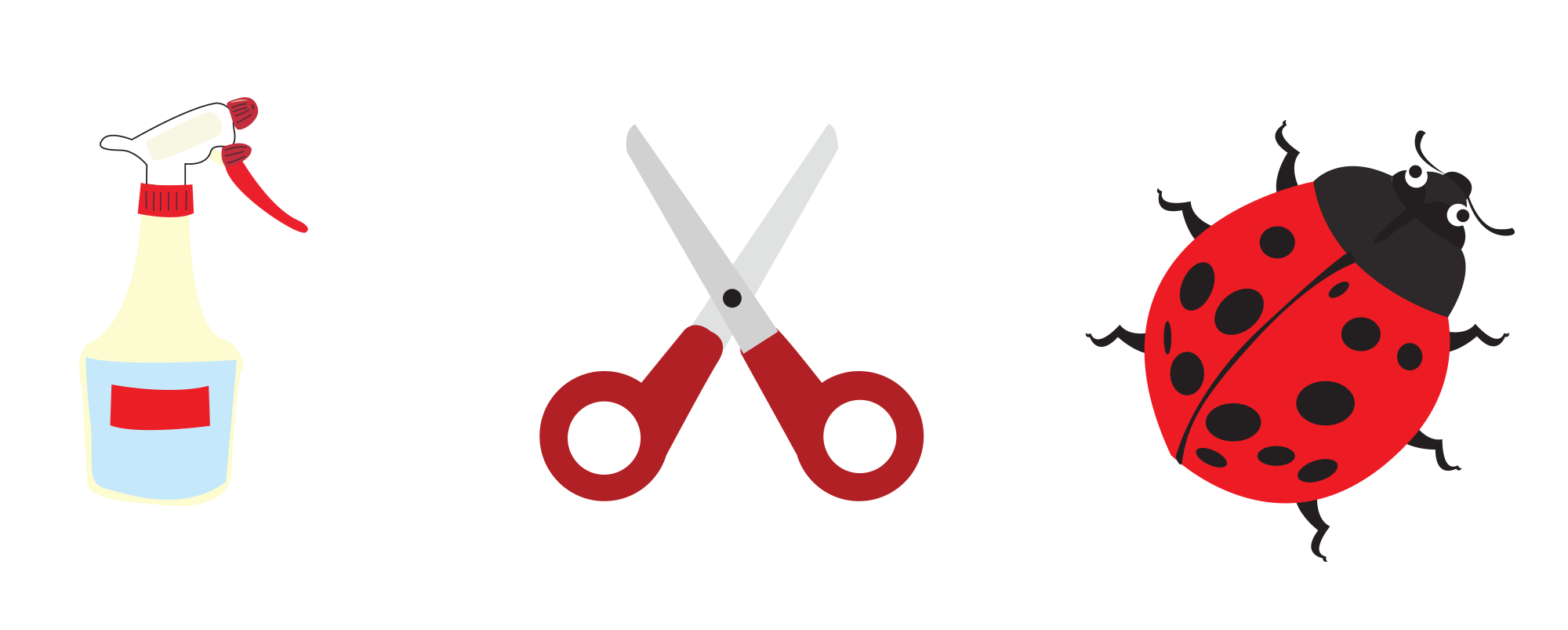 IPM is a pest control strategy that incorporates cultural, mechanical, chemical, and biological pest control into a larger context of economics, environment and human health. The rules of IPM promote a holistic view of pest control using compatible controls and eliminating unnecessary spraying.
IPM is a pest control strategy that incorporates cultural, mechanical, chemical, and biological pest control into a larger context of economics, environment and human health. The rules of IPM promote a holistic view of pest control using compatible controls and eliminating unnecessary spraying.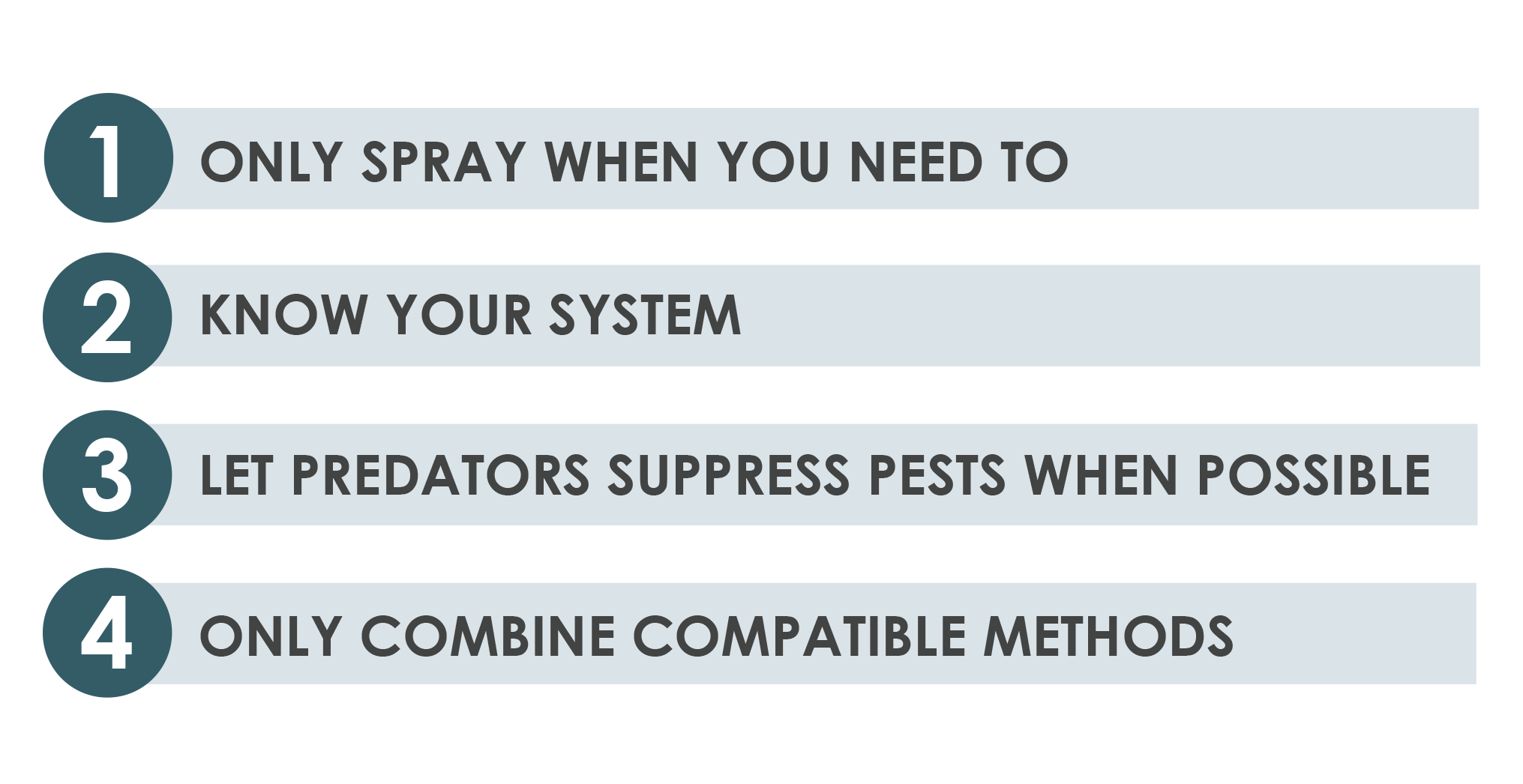 For aquaponic producers IPM is important, not just because you are operating on a budget, (and IPM is the most cost-effective way to control pests) but because you have more complex environmental constraints than the average producer, and your customers are probably concerned about healthy food. Operating without an IPM strategy in place could make pest control unnecessarily expensive, impact your fish health and the health of your system, or impact the health of your customers.
For aquaponic producers IPM is important, not just because you are operating on a budget, (and IPM is the most cost-effective way to control pests) but because you have more complex environmental constraints than the average producer, and your customers are probably concerned about healthy food. Operating without an IPM strategy in place could make pest control unnecessarily expensive, impact your fish health and the health of your system, or impact the health of your customers.
Controls diversity is key to sustainability
In our farm, we use a combination of controls. It is important to maintain diversity in your control techniques to make sure that the pests in your greenhouse are not becoming resistant to the controls that you are using. I’ve met people that use a single control for many months, if not years on end. They always say, “It works great and I don’t have any problems,” and they might have good control, for a little while longer at least. But the unfortunate nature of greenhouse and garden pests is that they adapt very quickly to toxins in their environment, and rapidly become resistant to even the most toxic pesticides. Varying your control methods and incorporating chemical, biological, mechanical and cultural controls in tandem helps prevent resistance developing.
Pesticides in aquaponics
Chemical controls:
We use a variety of products that exert chemical control over our greenhouse pests, including:
- Pyrethrin based products (See Pyganic 1.4, Safer Endall Insecticidal soap, etc.)
- Soaps (Safer products)
- Azadirachtin based products (extracted from neem oil; see Azamax, etc.)
- Neem oil and neem oil derivatives
*Note: Pyrethrins are very toxic and can only be considered for use in systems with very little exposed water like ZipGrow Tower based systems.
Pesticide-needy crops & pesticide-sensitive fish can be an awkward match
In a perfect world, pests could be completely excluded from growing environments, and they would never become a problem. While some growers have come close to this goal, total exclusion is extremely difficult.
At one point or another, 99% of growers need to use pesticidal sprays.
The problem? Even if a spray is safe for humans, fish are wildly different from humans, and their close relationship with the water makes them vulnerable to any compounds there.
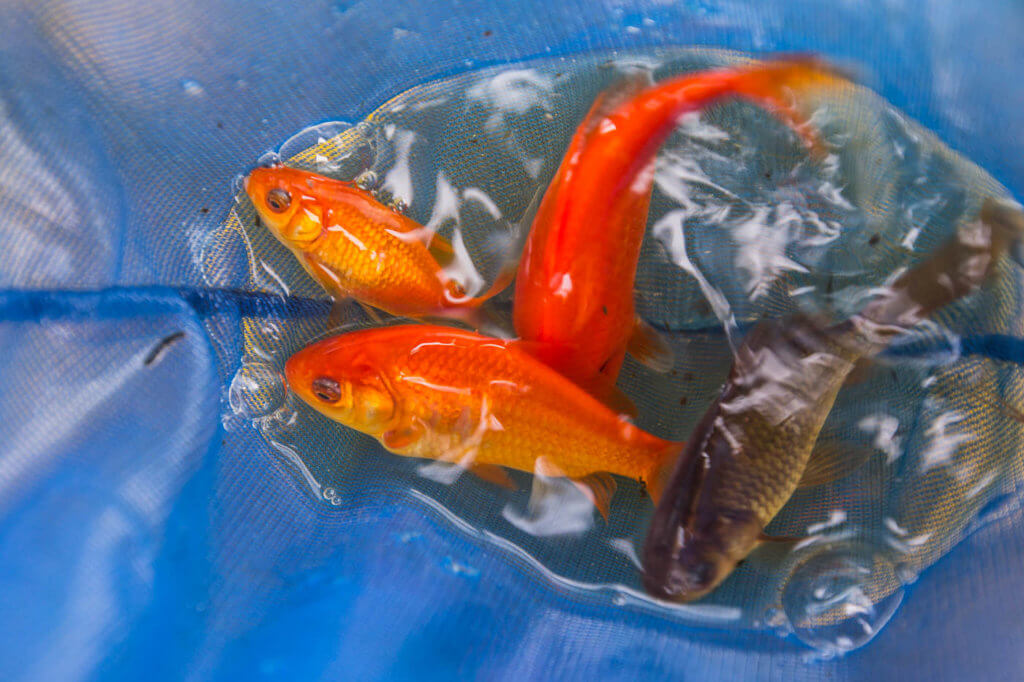 The intimate relationship created between fish and the water by diffusion through skin and gills means that they are extremely vulnerable to any component of the water.
The intimate relationship created between fish and the water by diffusion through skin and gills means that they are extremely vulnerable to any component of the water.
For aquaponic growers, having pesticide-needy crops and pesticide-sensitive fish in the same system can be tricky. Growers need to either:
- Use pesticides good for both plants and fish, or
- keep pesticides completely separate from water.
Most aquaponics growers use a combination of these things. They use a relatively safe pesticide and limit the amount that gets into the water.
To do that they need to know the danger of a given pesticide.
How growers know the harmfulness of a pesticide to their fish
Most pesticide labels list a characteristic called LC50. LC50 refers to the lethal concentration of a pesticide at which 50% of the tested population dies. The tested populations typically include some species of fish (often trout, Oncorhynchus spp., or tilapia, Oreochromis spp.). The LC50 for these species are what you want to pay attention to. If you can’t find this on the label or SDS (Safety Data Sheet), then check out scientific studies (Google Scholar is a great place to start looking) on lethal concentration and that pesticide. Go with the lowest number listed.
To find this value, look up the label and/or SDS for the pesticide in question. They will often be listed together.
The SDS will have the LC50 listed. Here is the SDS for Serenade, for example.

Note that the LC50 value is listed within a certain time period. Use the shortest time period listed. (96 hours is fairly safe.)
Take the volume of your system in liters and multiply it by the LC50 value. That is the maximum amount of that pesticide that you can use.
Let’s look at an example using pyrethrum (type 1 pyrethrin), the active ingredient in Pyganic 1.4.
When we look for this number we find that the most conservative LC listed is 0.0014 mg/L (96 hrs; Americamysis bahia). We need to determine how much pyrethrin is required to hit the LC50 for your system.
Step 1: Take the volume of your system in liters and multiply it by the LC50 (96 hr) value. We’ll use the Bright Agrotech aquaponic system as an example.
(4,300 gal./sys.)(3.79 L/gal.) = (16,279 L/sys.)(0.0014 mg/L) = 22.79 mg/sys.
Step 2: Then we take the pyrethrin concentration and determine how much pyrethrin is being mixed and applied in the greenhouse.
The label recommends mixing 1–2 fluid ounces of Pyganic 1.4 with every gallon of water in compressed sprayers (what we use), which is between 2–4 Tbsp/gallon. In my greenhouse, the entire crop can be sprayed with 1.5 gallons of mix, which at the highest application rate is around 6 Tbsp (or 3 fluid ounces).
The label tells us that 0.05 lbs of active ingredient (pyrethrin) is the equivalent of 59 fluid ounces.
0.05 lbs pyrethrin/59 fluid ounces = 0.0008475 lbs pyrethrin/fluid ounce
0.0008475 lbs pyrethrin/fluid ounce * 453592 mg/lb = 384 mg pyrethrin/fluid ounce
3 fluid ounces/system * 384 mg pyrethrin/fluid ounce = 1152 mg pyrethrin/system
This number is much larger than the LC50 for the system.
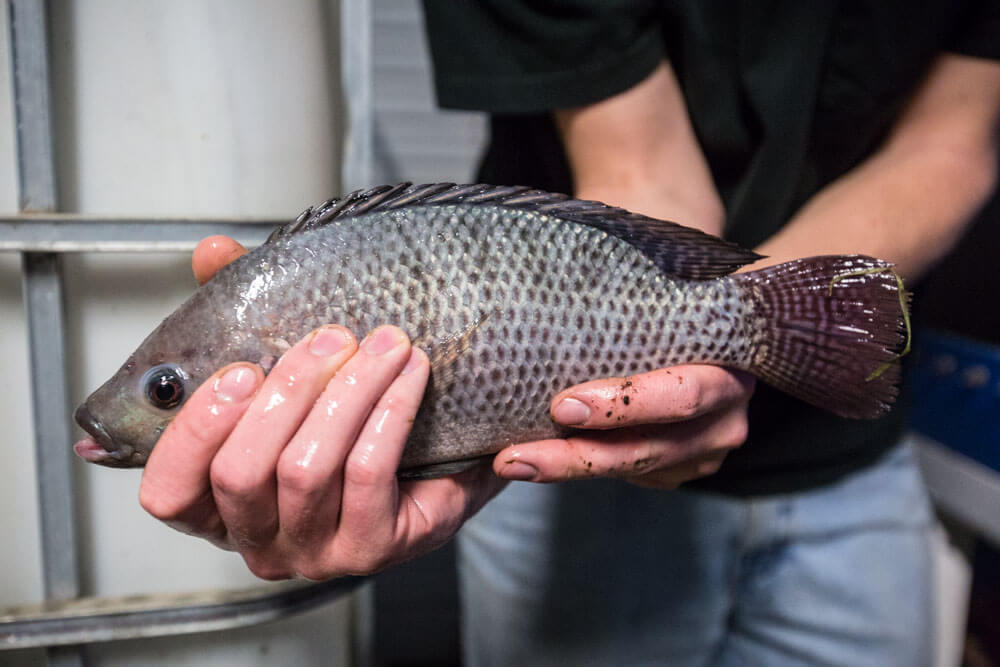 Tilapia species like Oreochromis niloticus or Oreochromis aureus are common test fish for LC50 values.
Tilapia species like Oreochromis niloticus or Oreochromis aureus are common test fish for LC50 values.
How growers keep pesticides used out of the system water
The second part of using LC50 is keeping a pesticide out of the water. Even if you are using the LC50 very carefully, you always want to have contingency measures in place. If you apply pesticides correctly and keep water surfaces from pesticide exposure, you shouldn’t even get close to your highest acceptable pesticide concentration in the system water.
1- Proper application of pesticides
Every pesticide has an application process on the label. This describes the highest concentrations, mixing instructions, proper safety precautions and clothing, etc. Pesticide labels are legal documents and must be followed! To use a pesticide in any way other than what is listed on the label is unlawful. If you have questions about how to apply a pesticide, seek advice from an extension agent, who is trained to dispense this type of advice.
Equipment set up is another factor important to keeping pesticide toxicities from occurring.
2- Proper equipment use and set up
Pesticide sprays generally can’t get into the system water unless the water is exposed in the same area where spraying is taking place. Smart set up can reduce the amount of water surface exposed. For growers using media beds, Bato buckets, or DWC, it’s tough to separate growing surfaces from water. You can’t use more than 50% of the LC50 in these types of systems, and sometimes even that is a risk. For growers using NFT, ZipGrow, or any equipment with a covering or separator between plants and the media/water, this is pretty simple. The housing on the ZipGrow Tower, for example, already keeps the media safe from contact with pesticides much better than in a technique like DWC. 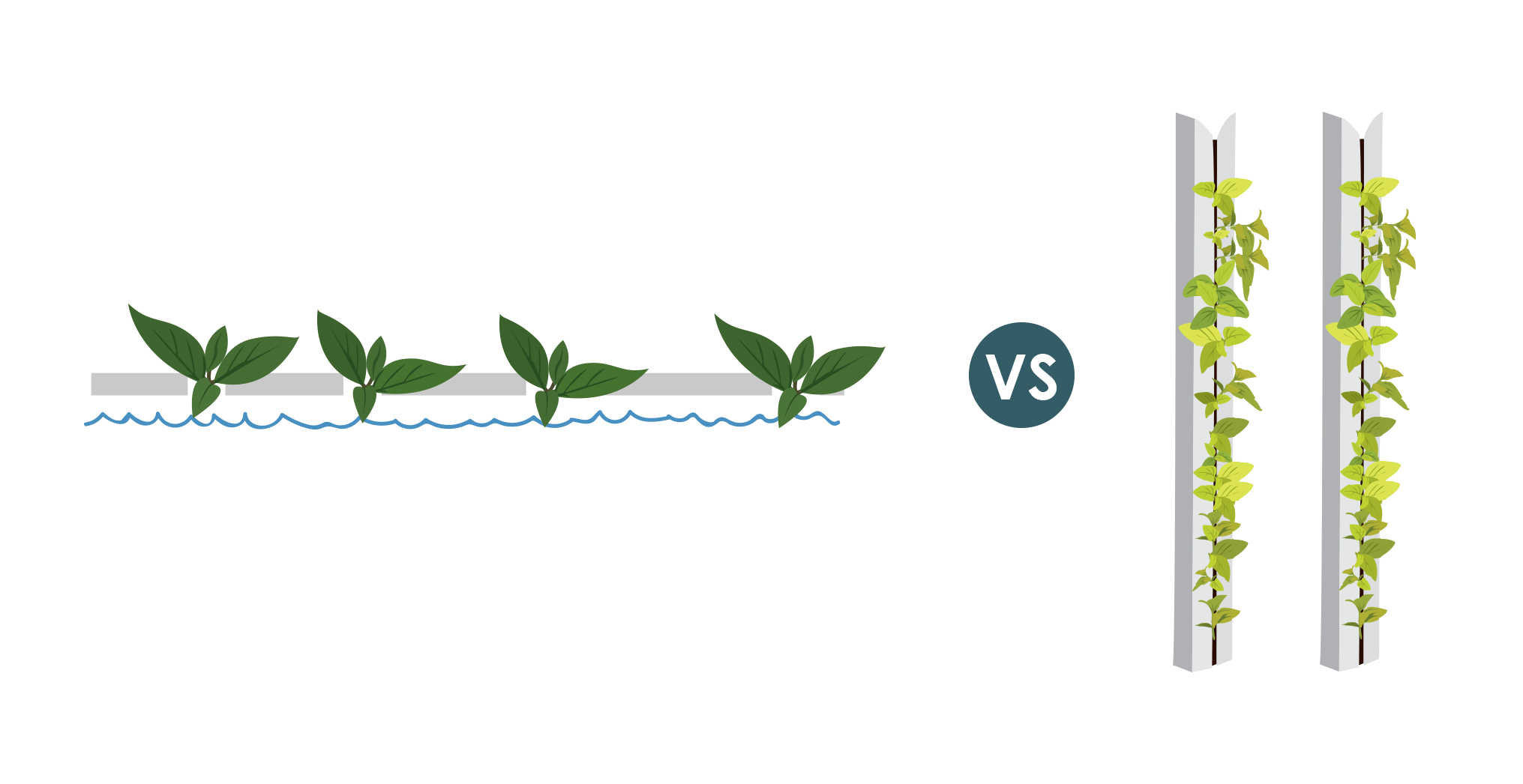 You’ll find that certain pesticides have LC50 values that are quite high. A few of our favorites for aquaponics are Azadirachtin products like Azamax and Botanigard
You’ll find that certain pesticides have LC50 values that are quite high. A few of our favorites for aquaponics are Azadirachtin products like Azamax and Botanigard
How to tell if your fish have been affected by a pesticide
If you’re monitoring your system correctly (you should be checking on fish every time you’re in your growing environment), you’ll notice any changes in fish appearance and behavior. Fish illness is recognizable by various symptoms. If you’re new to farming or just not sure what to look for, here are some general symptoms that indicate fish distress:
- Slow and/or erratic movement. Fish are milling slowly, respond slower than usual to feed, or are erratic in their movements.
- Wobbly swimming and/or convulsions. Fish seem to have lost control, swim at an unbalanced angle, wobble on their axis, or are bending and contracting their bodies.
- Fin extension. Fish fins and gill cover are extended from their bodies.
- Darkening and discoloration. Sometimes discoloration is only evident in muscles under the dorsal fin. If you harvest a fish and notice discoloration while butchering, this could be a sick fish.
- White spots. White spots on the body of a fish are usually indicative of Ichthyophtirius, a common fish parasite, not pesticide toxicity.
- Bloating and raised scales. Again, this is indicative of a disease called Dropsy, not pesticide toxicity.
- Enflamed or disintegrating fins. A sign of fin rot.
- Gulping air. This is typically a dissolved oxygen problem.
- Death.
If you notice any of these in a fish or several, remove all of the affected fish first and quarantine them. It’s wise to keep a small tank or bin around for this purpose. Stop all feeding and test ammonia levels. (It could be that you’re just dealing with ammonia toxicity.) 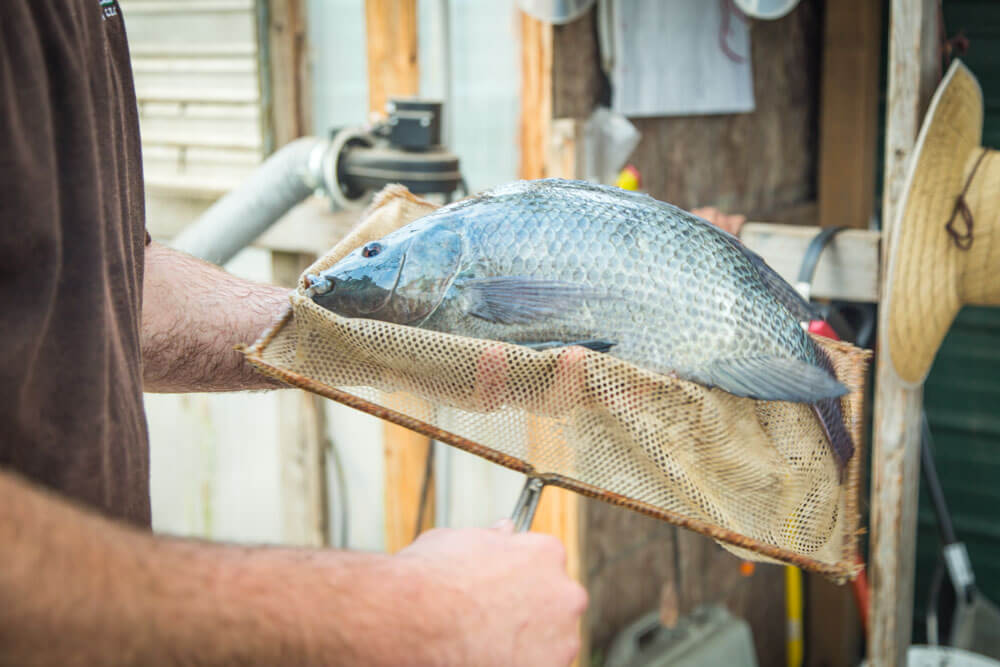 If you suspect that there is pesticide toxicity, you may have to do a partial water change. Depending on the severity of the toxicity, replace 30–50% of the tank water. This is going to shock your fish, because you’re dramatically changing their living conditions. As much as possible, use replacement water that has been dechlorinated (or run through an RO filter) and which is the same temperature as the tank water. If you deal with toxicity, redo your LC50 calculations. Make sure that there aren’t any other factors at play (like zinc toxicity or ammonia poisoning) before ruling it a pesticide problem.
If you suspect that there is pesticide toxicity, you may have to do a partial water change. Depending on the severity of the toxicity, replace 30–50% of the tank water. This is going to shock your fish, because you’re dramatically changing their living conditions. As much as possible, use replacement water that has been dechlorinated (or run through an RO filter) and which is the same temperature as the tank water. If you deal with toxicity, redo your LC50 calculations. Make sure that there aren’t any other factors at play (like zinc toxicity or ammonia poisoning) before ruling it a pesticide problem.
In conclusion
Pesticides in aquaponics can be tricky but are a useful tool against pests. Many growers prefer to rely on biological controls, mechanical controls, and exclusion, but this is very difficult. We recommend at least having chemical controls on hand and application rates decided on if worse comes to worse.
Ready to learn more about aquaponics?
Take the Foundations of Aquaponics course, where Dr. Nate Storey draws on years of experience to teach you to create and manage a successful aquaponic system. 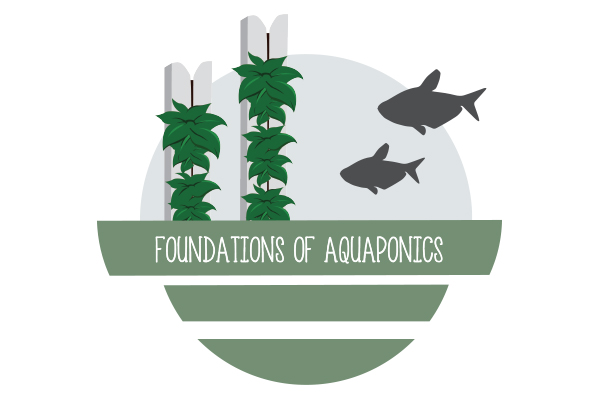 Become an aquaponics master with info on:
Become an aquaponics master with info on:
- Design
- Startup & management
- Nutrients, fish, & plant interactions
- Troubleshooting
- Much more!

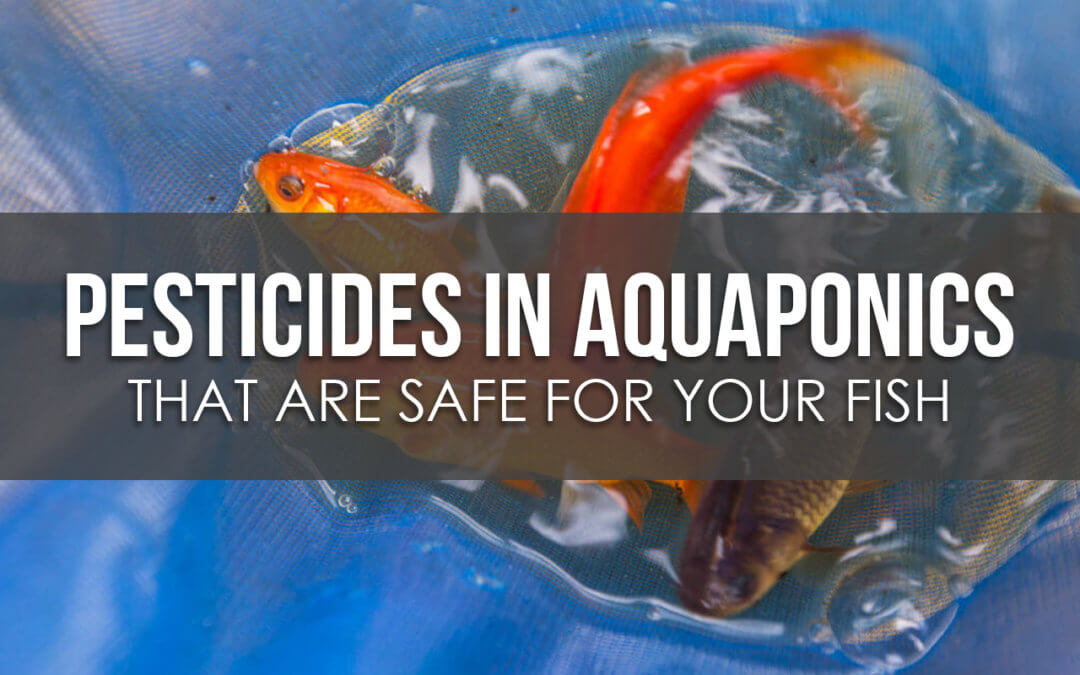

I have a mostly-above ground fish pond (100 gallon) stocked with 5 goldfish and 2 koi. It is a preformed pond walled by retaining wall stone, all the curves in the pond filled i with soil that I plant. Recently, I discovered a fire-ant bed between the wall and the preformed pond. The ants came spilling out when I upset them after moving one of the many flagstones that cover the lip of the pond. Several ants fell into the water and the fish moved in to ‘taste’ them but quickly wiggled away. I used a power sprayer to wash the remaining ants away from the pond. But I’m sure this will be an on-going problem. It’s Texas. Fire ants are a thing. Is there a brand of insecticide that I can use on future ants that won’t hurt my fish?
you didn’t answer the question about Neem Oil
I see conflicting information about this online.
mostly it is harmful to koi to it is actually good for koi?
i have mites on my lotus and need a solution… please help